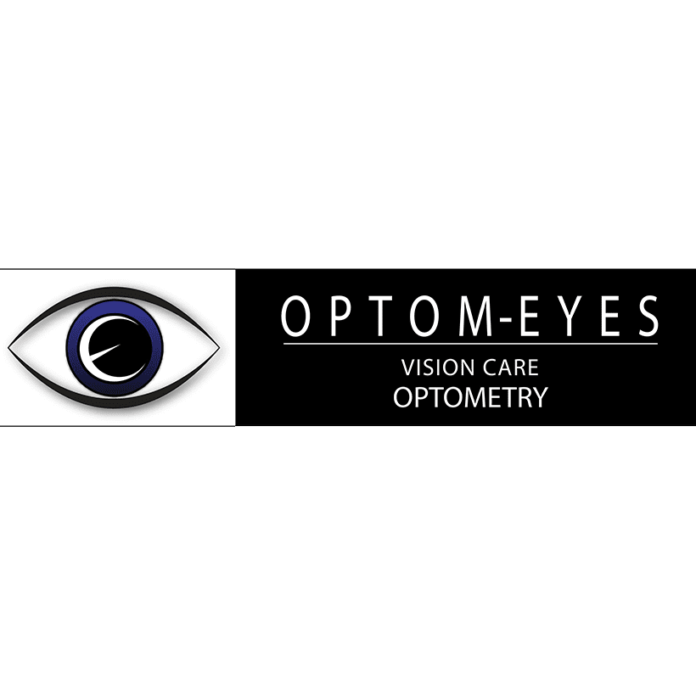The optometrist, or ophthalmologist, or optom is a doctor who specialises in medicine related to the eye. An ophthalmologist performs surgical, medical, and optical procedures on the eyes and can prescribe medications to treat or prevent eye problems. The ophthalmologist can also treat issues that affect the inner part of the eye, such as glaucoma and macular degeneration. In addition to medical treatment, an optometrist can prescribe glasses and contact lenses to help correct vision problems.
This article will outline several things you should be aware of when choosing an optometrist. Optom have licensed health professionals who have attended a 4-year college program and 2-year residency program for training in eyecare. Ophthalmologists are medical doctors who specialise in the medical and surgical treatment of eye disease. Medical school lasts at least 4 years, followed by 3-4 years of internship and residency training. Doctors then take an NBEO comprehensive eye examination to become licensed. Ophthalmologists can prescribe medication to treat certain eye diseases.
Eye doctors do not have to be licensed to practise medicine in the United States, although some states require a licence for specific procedures. However, it is a good idea for anyone planning on choosing an optometrist to do their research and find out if the doctor has passed their state’s licensing requirements. If you have issues with your vision, the doctor may need to refer you out for further testing or treatment.
What is an optometrist?
Optom, commonly known as just “Eye Doctors”, are licensed healthcare professionals that specialise in detecting and treating vision problems. Optom is not ophthalmologists, and Ophthalmologists (MDs) are medical doctors who train for four years after college to practise medicine.
On the other hand, Optom is trained to examine and care for the eyes, prescribe corrective lenses, and treat eye diseases. They also work together with ophthalmologists to provide the best possible treatment for eye disease that may not be amenable to treatment by optometry alone.
What are the things an optometrist should know?
Ophthalmologists have been finding eye diseases for centuries. However, they were not always certified or licensed to treat eye diseases. In the early 1900s, ophthalmologists and Optom began practising medicine, often at the exact location. Optom had their ophthalmology practices at first but later moved away from them due to the competition between the two specialities. As the 20th century progressed, optometry practice grew, and more people opted for it instead of going for an eye disease specialist.
Today, however, optometry and ophthalmology are separate fields of medicine with individual medical certification requirements and licensing boards. An optometrist will not be able to diagnose and treat eye diseases and an ophthalmologist.
Optometry is a branch of medicine that encompasses things like lens dispensing, therapeutic lenses, training in the treatment of glaucoma and cataracts, computerised refractive services, laser vision correction treatments, contact lens fitting, optical manufacturing services, etc. The majority of what an optometrist does is the same as any other doctor who works with eyes.
What is the work of an optometrist?
In addition to diagnosing and treating eye diseases, an optometrist also performs vision therapy treatments for people with strabismus (eye muscle misalignments), accommodative disorders and binocular vision disorders. An optometrist will use a series of corrective lenses on the patient until they can see clearly without them, then prescribe glasses or contacts if necessary. The most important thing an optometrist can do is determine whether a patient has a healthy vision or not.
What band is an optometrist?
The American Board of Opticianry, a non-profit association that sets standards of professional excellence and certifies Optom’s training and clinical experience, sets a standard for the certification of both Optom and ophthalmologists. These exams vary from state to state, so check with your state board for more details about your eligibility. Practical examinations are also given for the candidate to demonstrate their clinical skills, and both exams must be passed for the candidate to become certified.
What are the disadvantages of being an optometrist?
As with any career, optometry has its disadvantages. These include low-patient interaction and a general dislike of school by many future Optom. Many optom views the educational requirements as too low and easy to pass. This is a disadvantage of working in a field that requires minimal experience before one can practise medicine.
In addition, optometry is not as lucrative as some other medical fields, especially those involving prescription or medical insurance claims. Optom who manage to acquire a position in an optometry practice will earn less than some other doctors in their metro area for a similar situation.
Other disadvantages include:
- Long hours.
- High levels of responsibility (employees are held accountable for client care).
- Extended hours (Optom has the second-longest workweek of all physicians).
Since optometry is not typically a family practice, there is often no one else in the office to help you out when you are stressed or feeling ill yourself.
What is it like to be an optometrist?
Optometric school can be long and exhausting. But it pays off when you realise that what you went through was all worth it. After graduating from school, most new optom work for about two years in an office. Under the supervision of an experienced eye doctor before they can open up their practice. Optom must also be certified as “master practitioners” before they can provide vision therapy for patients.
For many optom, their practice is their work worth doing. It is a job that gives them access to people who need help. And allows them to help people with things they have passion for. For many, their jobs provide a wide variety of skills and opportunities not available elsewhere. As it builds patient-doctor and doctor-patient relationships. Improves eye health education and awareness. And provides high-quality treatments at affordable costs.
